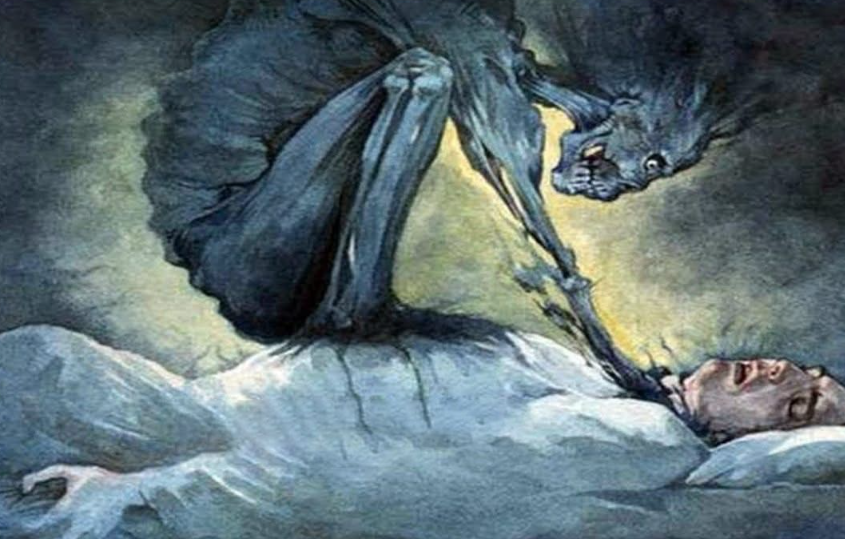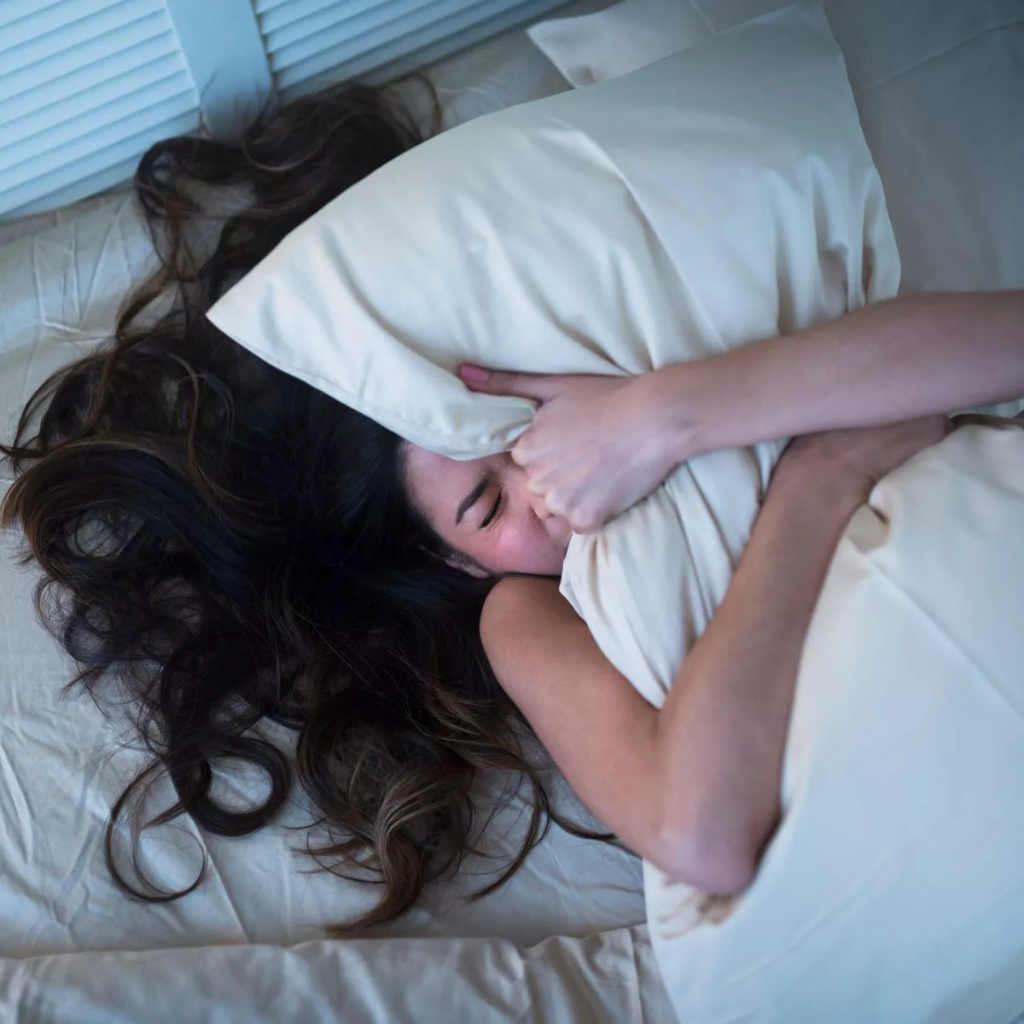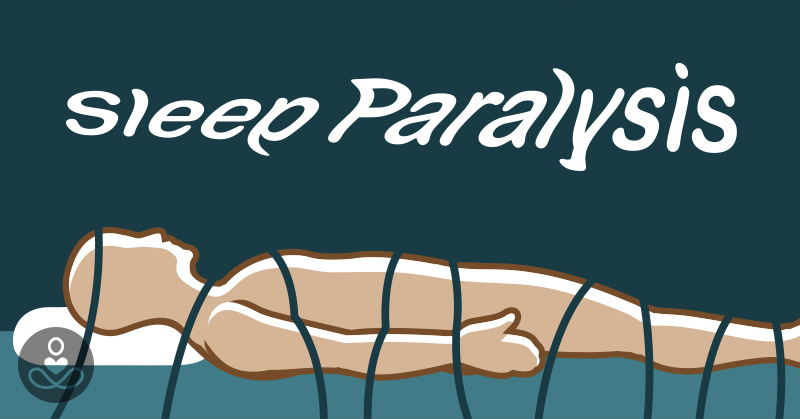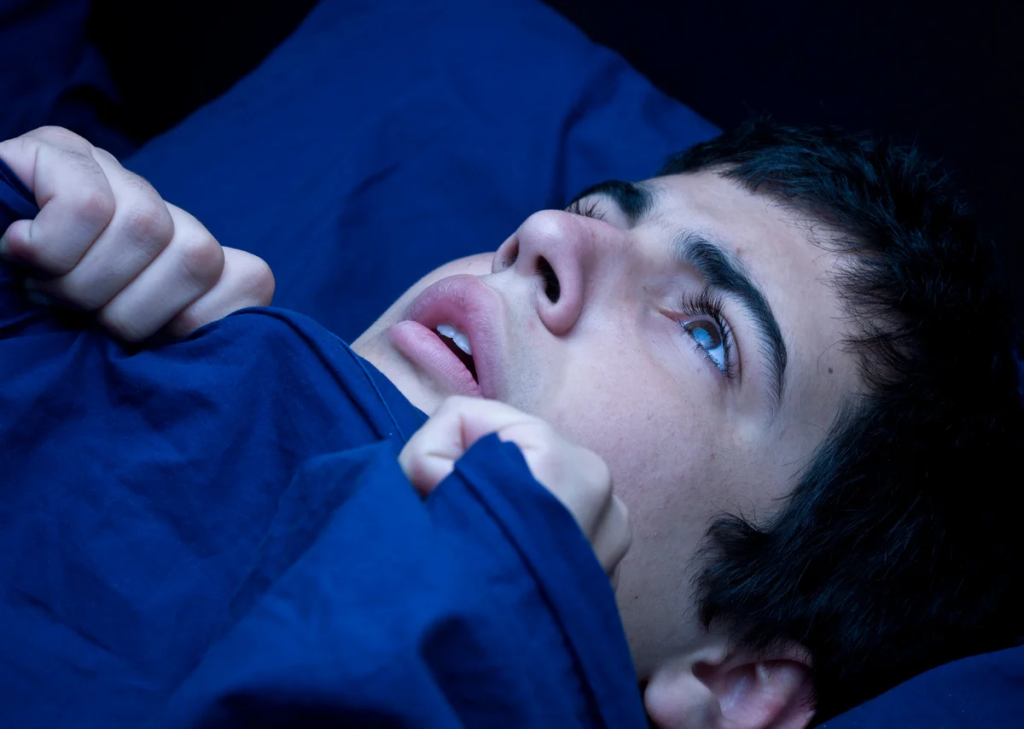Imagine this—you wake up in the middle of the night, fully aware of your surroundings, but you can’t move a single muscle. A heavy pressure sits on your chest, and you sense a dark presence in the room. You try to scream, but no sound comes out. Panic sets in. Just as suddenly as it started, the sensation vanishes, leaving you breathless and confused.
Sound familiar? You may have experienced sleep paralysis, a terrifying phenomenon that has puzzled people for centuries.
what is sleep paralysis?

Sleep paralysis is a temporary inability to move or speak while transitioning between sleep and wakefulness. It can last for a few seconds to a couple of minutes, often leaving the person feeling helpless and frightened. Many report experiencing:
- a heavy pressure on the chest
- a sensation of being watched
- shadowy or demonic figures in the room
- the inability to move or speak
- hallucinations and distorted sounds
Despite its frightening nature, sleep paralysis is not life-threatening. But if it happens frequently or causes distress, it’s important to understand its causes, risk factors, and potential treatments.
what causes sleep paralysis?
Sleep paralysis occurs when there is a disconnect between the body and brain during sleep transitions. Normally, during rem (rapid eye movement) sleep, your brain sends signals to temporarily paralyze your muscles to prevent you from acting out dreams. This is a natural part of sleep.
However, in sleep paralysis, your mind wakes up before your body, leaving you temporarily trapped in a frozen state. This overlap between rem sleep and wakefulness is what creates the terrifying experience.
the science behind sleep stages
To understand sleep paralysis, it’s helpful to look at the four stages of sleep:
- stage 1 (light sleep) – you drift in and out of sleep, and sudden noises or movement can wake you up easily.
- stage 2 (deeper sleep) – brain activity slows, and body temperature drops as you approach deep sleep.
- stage 3 (deep sleep) – this is the most restorative stage, crucial for health and recovery.
- stage 4 (rem sleep) – dreams occur, and the body enters a state of temporary paralysis to prevent movement.
During sleep paralysis, the body remains in rem sleep while the brain is awake, creating the eerie sensation of being aware but unable to move.
risk factors for sleep paralysis

Sleep paralysis can happen to anyone, but some people are more prone to experiencing it. Common risk factors include:
- irregular sleep schedules – disruptions in sleep patterns (such as shift work or jet lag) can increase the risk
- lack of sleep – chronic sleep deprivation can contribute to sleep paralysis episodes
- sleeping on your back – studies suggest that people who sleep on their backs experience sleep paralysis more often
- narcolepsy – people with narcolepsy (a sleep disorder that causes excessive daytime sleepiness) are more likely to suffer from frequent sleep paralysis
- stress and anxiety – emotional trauma, panic disorders, and high stress levels can trigger episodes
- genetics – if family members experience sleep paralysis, you may be more likely to have it as well
how to prevent sleep paralysis

While there is no guaranteed way to prevent sleep paralysis, there are several lifestyle changes that can reduce the likelihood of experiencing it.
improve your sleep hygiene
- stick to a consistent sleep schedule (even on weekends)
- aim for 7-9 hours of sleep each night
- keep your bedroom dark, quiet, and cool
- avoid caffeine, alcohol, and heavy meals before bedtime
- limit screen time an hour before sleep to reduce blue light exposure
reduce stress and anxiety
- practice relaxation techniques such as meditation or deep breathing
- engage in regular physical activity, but avoid exercising right before bed
- manage stress through journaling, reading, or calming activities before sleep
tips for getting out of sleep paralysis

Even though sleep paralysis episodes usually pass on their own, they can feel terrifying. Here are a few tips that may help you regain control faster:
- focus on wiggling your fingers or toes first, as small movements can help break the paralysis
- try to regulate your breathing instead of panicking
- if possible, concentrate on moving your eyes or blinking to signal your brain to wake up
- mentally remind yourself that the experience is temporary and not dangerous
conclusion
Sleep paralysis may feel like a supernatural event, but it has a scientific explanation. While it can be unsettling, understanding its causes and triggers can help reduce its occurrence. By maintaining good sleep hygiene and managing stress levels, many people can prevent episodes and regain control over their sleep. If sleep paralysis becomes frequent or severely impacts your well-being, seeking professional medical advice may be necessary.


